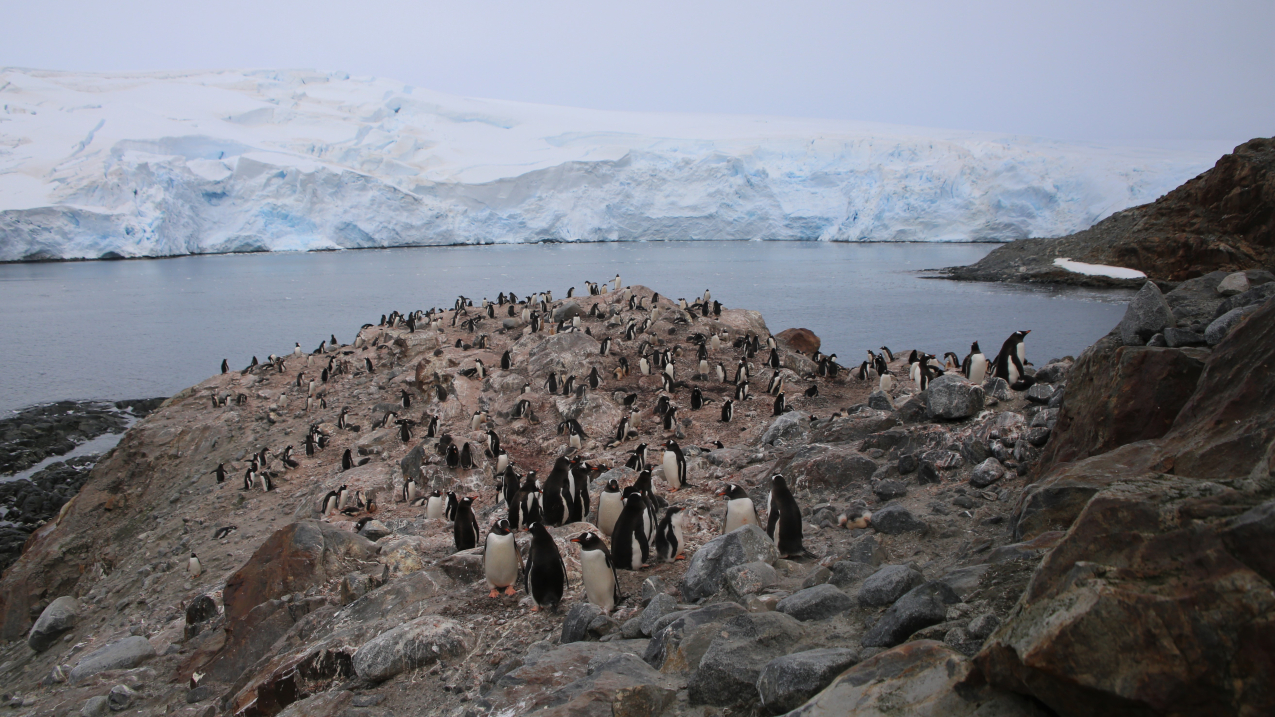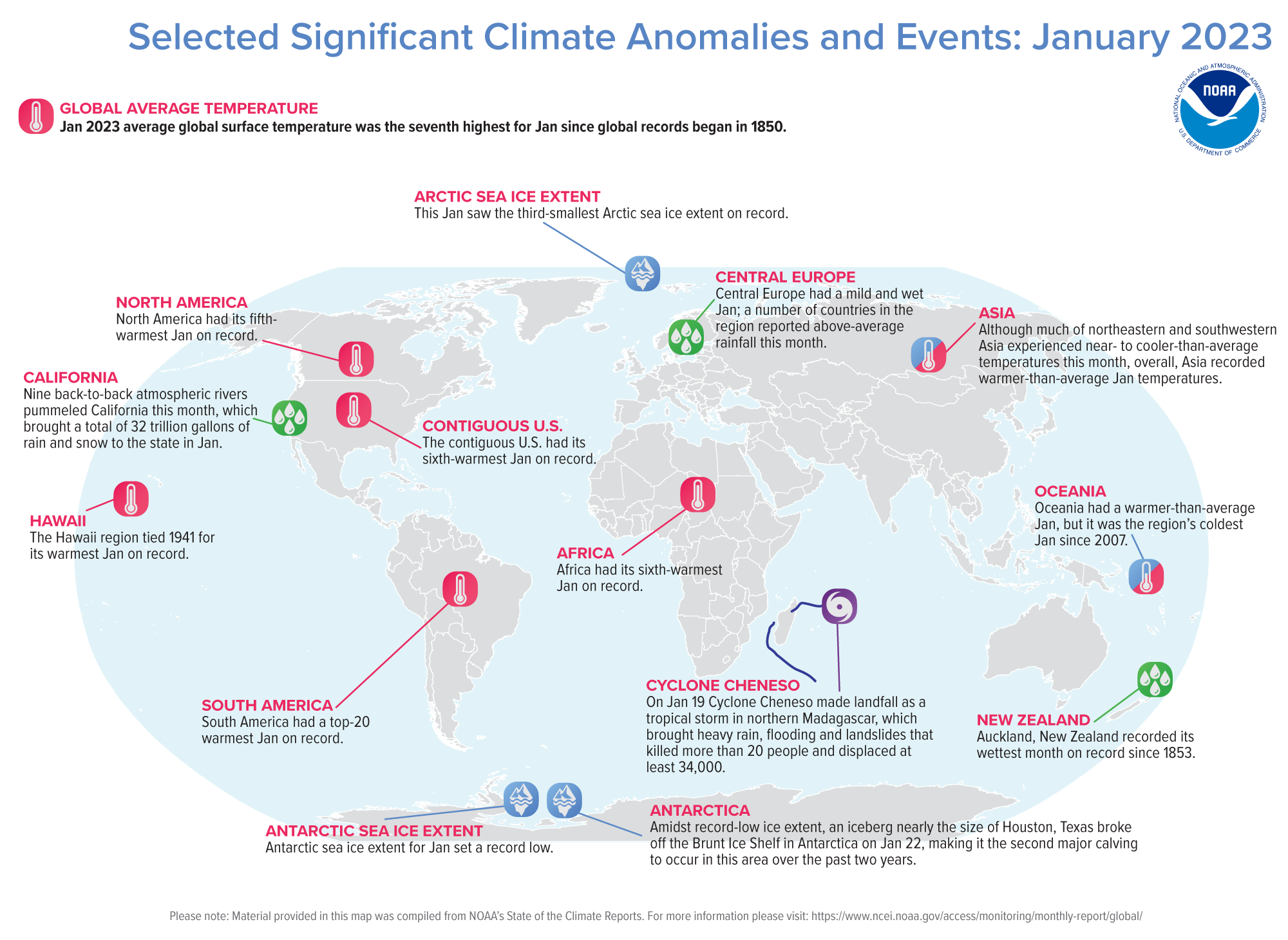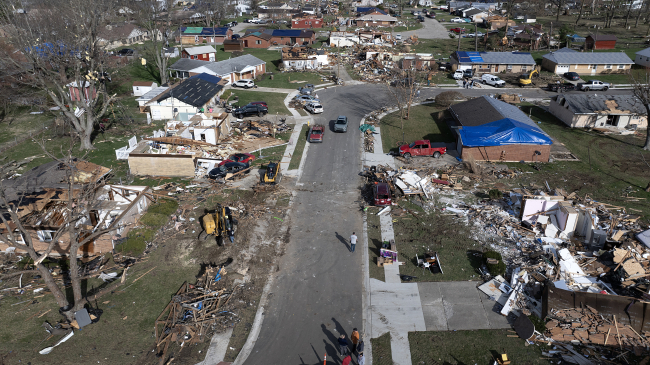Global sea ice coverage hit a record low

January, 2023: An image of Antarctica during a penguin survey throughout the Rosenthal Islands. January 2023 marked Antarctica’s lowest January sea ice coverage on record. (Image credit: Marissa Goerke, National Science Foundation, License: Creative Commons CC BY-NC-ND 4.0.)
Our planet kicked off another year with a warm start: January 2023 ranked as the seventh-warmest January in 174 years.
Sea ice at both ends of the world also ran very low, according to NOAA’s National Centers for Environmental Information (NCEI).
Below are more highlights from NOAA’s January global climate report:
Climate by the numbers
January 2023
The average global land and ocean surface temperature was 1.57 degrees F (0.87 of a degree C) above average, ranking as the seventh-warmest January in NOAA's global climate record.
January 2023 marked the 47th-consecutive January and the 527th-consecutive month, with temperatures above the 20th-century average.
Temperatures were above average throughout most of Europe and the Arctic, much of Africa and northern and eastern North America and across parts of southern South America and northwestern, central and southeastern Asia. Europe saw its warmest January on record, North America had its fifth-warmest January on record and Africa had its sixth warmest.

Other notable climate events
- The world’s sea-ice coverage set a record low: Globally, January 2023 saw the lowest January sea ice extent (coverage) on record. This surpassed the previous record low, set in 2017, by 150,000 square miles.
Antarctic sea ice extent hit a record low for January at 1.25 million square miles, which is about 700,000 square miles below the 1991-2020 average. This January’s extent was roughly 210,000 square miles smaller than the previous record low from January 2017.
Arctic sea ice extent in January averaged 5.15 million square miles, which is about 243,000 square miles below the 1991-2020 average. This marks the third-smallest January extent in the 45-year record.
- Precipitation varied around the globe: January precipitation was above average across parts of northeastern and inland eastern Northern America, the central and southern coast of the western U.S., central Europe, central Asia and eastern Oceania. Auckland, New Zealand, recorded its wettest month on record since 1853.
In the U.S., nine back-to-back atmospheric rivers pummeled California, which brought a total of 32 trillion gallons of rain and snow to the state this January. Meanwhile, drier-than-average conditions covered much of Mexico and parts of the northwestern U.S., as well as eastern, southern and western Asia.
- Global tropical cyclones were below average: Four named storms spun across the globe in January 2023, which is below the 1991-2020 average for January. One storm reached tropical cyclone strength (74 mph or higher), but none reached major tropical cyclone strength (111 mph or higher). Cyclone Cheneso, which formed in the South Indian Ocean, brought heavy rain and flooding to Madagascar and was the only storm of tropical cyclone strength.
More > Access NOAA’s latest climate report and download the images.
Media contact
John Bateman, john.jones-bateman@noaa.gov, (202) 424-0929



